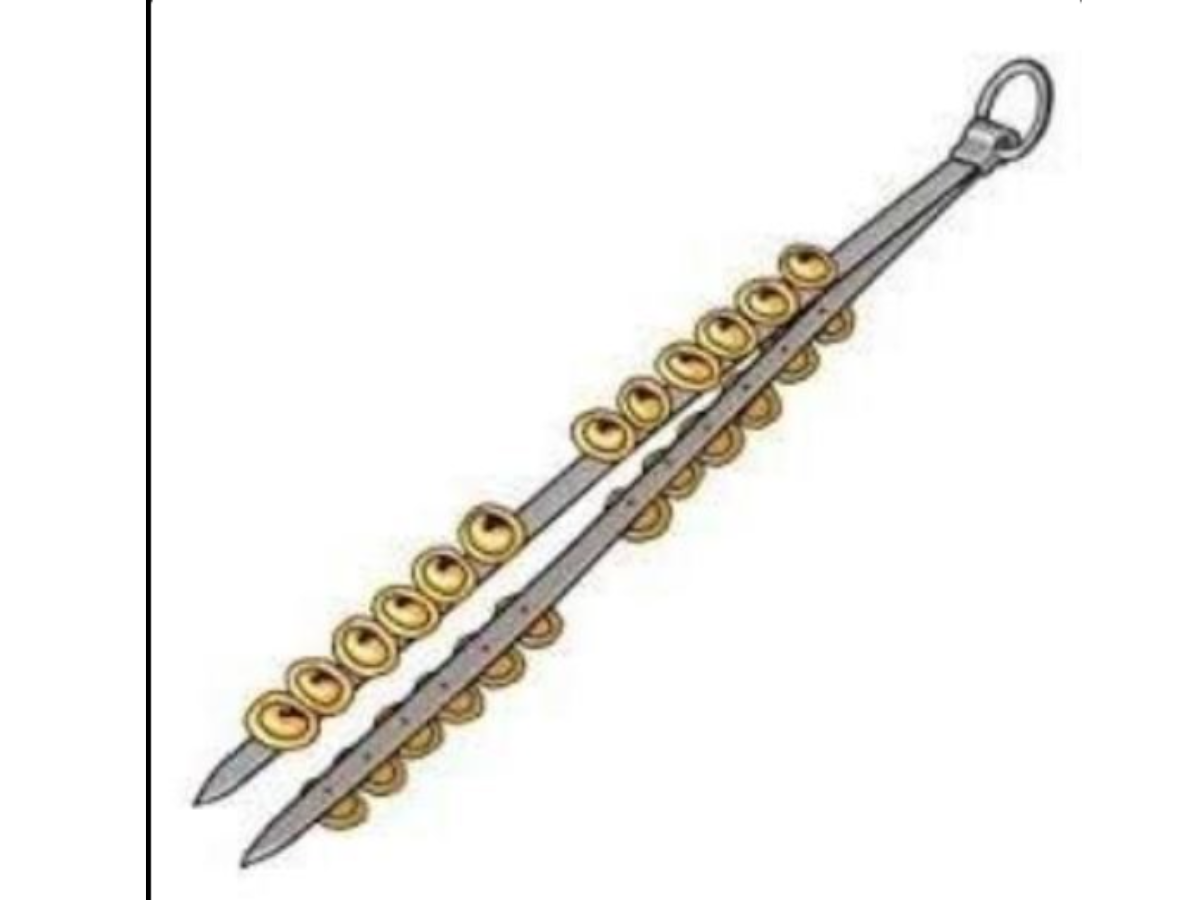
tribal music and musical instruments
CHIMTOO, jammu & kashmir
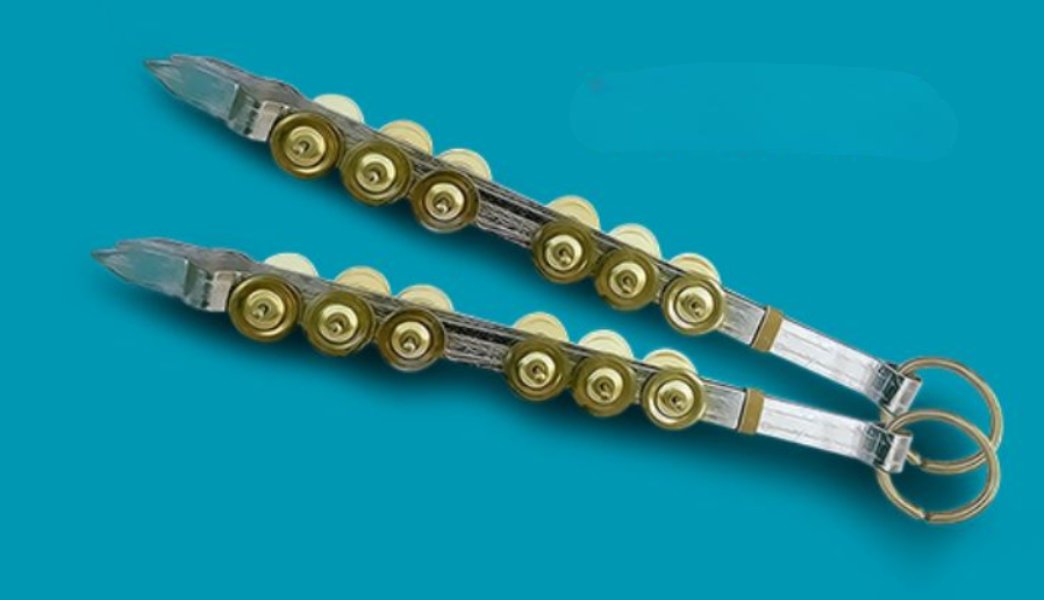
The Chimtoo, typically a kitchen utensil like tongs, is innovatively transformed by the Gujjar tribe into a music instrument. With some adjustments, it is converted from an ordinary utility instrument into a rhythmic instrument deployed in folk and mystic music performances. As a musical add-on, the Chimtoo offers distinctive sounds that enrich performances, introducing diversity and the percussive touch into the beats of other instruments, such as the Dhool, during folk and mystic music performances.
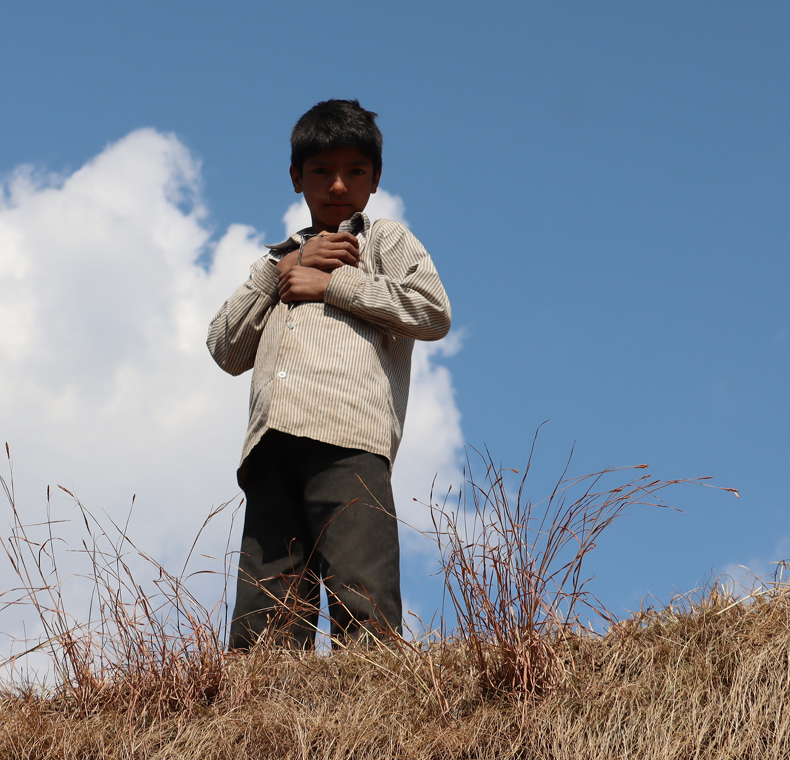
The Gujjars are some Indian tribe rich in culture, especially within Jammu and Kashmir, who live a pastoral life and have a strong musical heritage. Music and dance form an integral part of Gujjar cultural expressions, predominantly within ceremonies and festivals. Most of their instruments, such as the Chimtoo, are made from common materials, showing how resourceful they are. Music has served as a means through which the Gujjar people continue to maintain and transmit their folklore and religious beliefs from generation to generation.
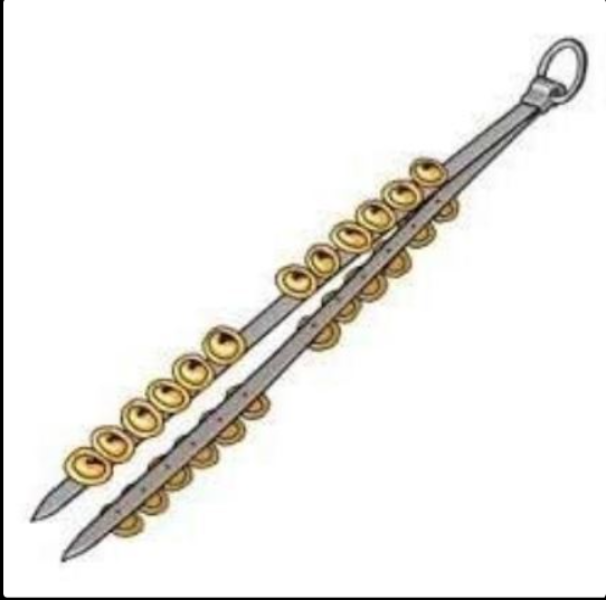
The Chimtoo is originally made of metal, generally iron or steel, used primarily for gripping or lifting hot objects in cooking. When used musically, it is slightly modified to produce rhythmic sounds. By tapping or clanging its two prongs together, musicians create a simple yet distinct beat. This straightforward construction and adaptability make the Chimtoo an ideal, portable instrument for the Gujjar’s nomadic lifestyle, allowing them to integrate music into various settings effortlessly.
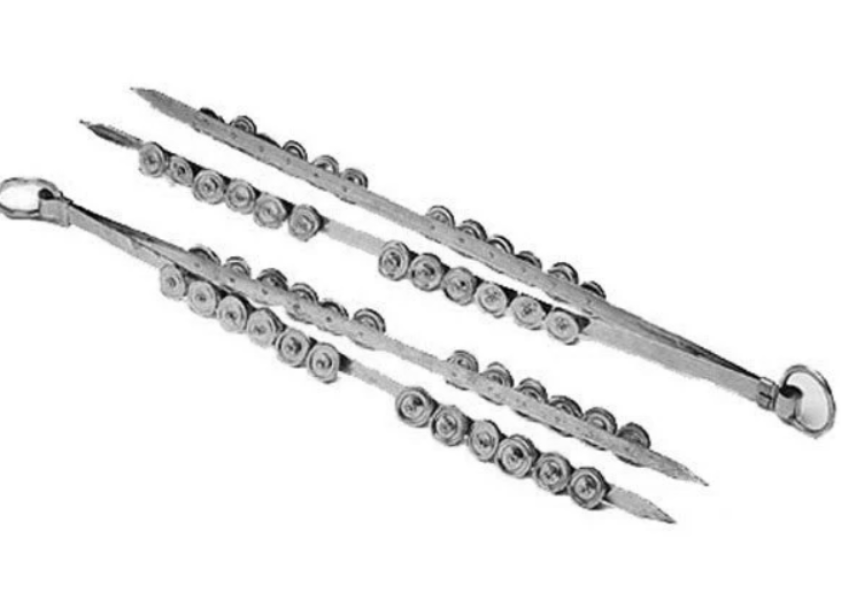
The Chimtoo is usually performed at community occasions, celebrations, and recitation of mystic or Sufi poetry sessions among the Gujjars. Its rhythmic accompaniment is usually played along with the Dhool drum, enhancing the overall music and giving a regular beat to the songs and dances. In all these contexts, the rhythmic sound of the Chimtoo fills in as it accompanies the vocal and other instrumental sounds, filling the performance with spiritual and cultural depth and projecting a lively and interesting ambiance.
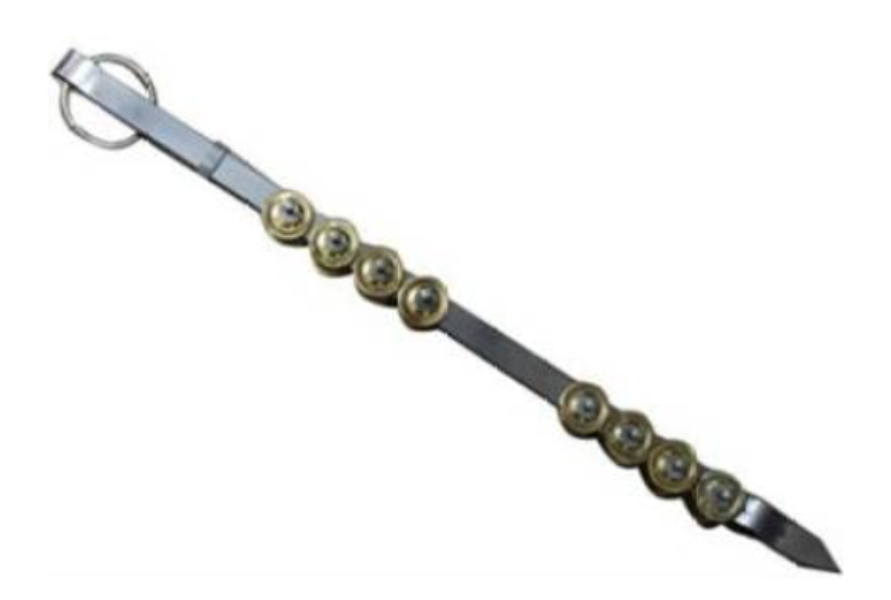
The Chimtoo is culturally significant as a symbol of the resourcefulness and rich musical heritage of the Gujjar people. It represents the resourcefulness and creativity of the Gujjar people, transforming a common object into a creative musical instrument. The innovative adaptation is a testament to the Gujjars' affinity with nature and cultural traditions, keeping their musical heritage alive. By integrating the Chimtoo into folk music, the Gujjar people maintain a unique part of their identity and reflect their resourcefulness.


